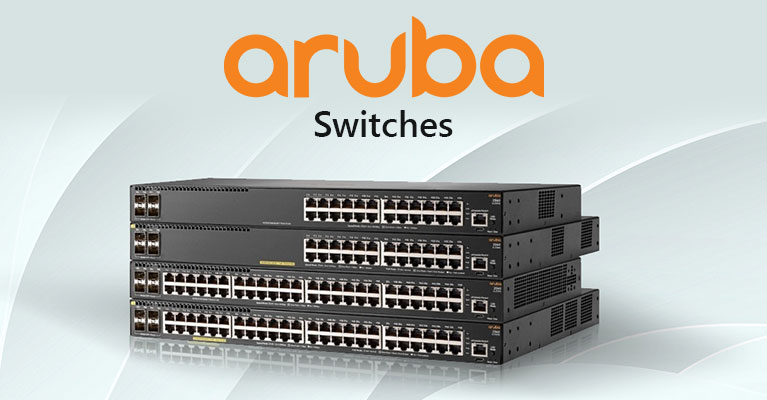Blogs

🌐 Understanding the difference between Managed and Unmanaged switches. How do you choose the right switch that suits you? 🌐
In the networking infrastructure, network switches play a key role in connecting devices and providing the communication. But there will be unique functionality in between the types of switches! Here’s a quick note of the differences between managed and unmanaged switches:
Unmanaged Switches:
• Simplicity: The user-friendly setup functionality of these type switches helps in easy installation and usage. These are more economical.
• Cost-effective: Due to the absence of advanced features, these switches are quoted less. These switches need less support and maintenance, which creates space for small networks or home use.
• Limited Control: As it comes with pre-fixed features, these require no further configurations. Since these switches are used for the basic connectivity, it doesn’t require much monitoring or managing of traffic.
Managed Switches:
• Advanced Control: These switches offer a wide range of configuration options like VLAN, QoS and traffic management, providing greater control over your network by increasing the security and quality by prioritizing the traffic.
• Monitoring Capabilities: The robust monitoring capabilities of these switches help in analyzing the traffic in all the ports that were integrated. Alarming of the performance threshold helps in troubleshooting and increases the overall performance.
• Scalability: The excellent scalability of these switches is an added advantage during the enhancement. This adaptive nature helps in segmenting traffic effectively in the large network setup without any performance loss. Stacking capabilities are also available, which helps in the stacking of multiple switches to function as a single unit, simplifying management while increasing capacity. Better suited for larger, complex networks.
Choosing the Right Switch:
• Unmanaged switches: These are mostly used in the following environments:
o Small Businesses: Best suited when budget constraints exist and when not needed of much of advanced features.
o Home Networks: Best suited for residential with basic connectivity for devices like computers, printers, and smart home equipment.
o Temporary or Remote Sites: Best Suited for pop-up offices or construction sites where quick, easy installation is required with less complex configuration.
o Less complex networks: Best suited for retail stores or small workshops, where traffic management is not a big deal.
• Managed Switches: These are mostly used in the following environments:
o For enterprise networks: Best suited for large organizations with complex networking needs, with a scope of advanced traffic management and security.
o Campus networks: Effective in educational institutions or large facilities where multiple branches or blocks need to be interconnected with VLANs for segmentation.
o VoIP and Multimedia Applications: The managed switches play a vital role for businesses relying on voice and video services, as they provide QoS features to prioritize and direct the critical traffic.
o Service Providers: Useful for ISPs and telecom companies that need to manage large-scale networks with robust monitoring and management capabilities.
o Data centres: Best suited for environments requiring high performance, reliability, and scalability, enabling efficient data handling and resource allocation.
If you ultimately opt for HPE_Aruba switches, the choice between managed and unmanaged switches depends on your specific network's size, complexity, and specific needs.
What type of switch do you use, and what has your experience been like? Share your thoughts! 💬
Choosing the Right Switch:
Unmanaged switches: These are mostly used in the following environments:
o Small Businesses: Best suited when budget constraints exist and when not needed of much of advanced features.
o Home Networks: Best suited for residential with basic connectivity for devices like computers, printers, and smart home equipment.
o Temporary or Remote Sites: Best Suited for pop-up offices or construction sites where quick, easy installation is required with less complex configuration.
o Less complex networks: Best suited for retail stores or small workshops, where traffic management is not a big deal.
Managed Switches: These are mostly used in the following environments:
For enterprise networks: Best suited for large organizations with complex networking needs, with a scope of advanced traffic management and security.
Campus networks: Effective in educational institutions or large facilities where multiple branches or blocks need to be interconnected with VLANs for segmentation.
VoIP and Multimedia Applications: The managed switches play a vital role for businesses relying on voice and video services, as they provide QoS features to prioritize and direct the critical traffic.
Service Providers: Useful for ISPs and telecom companies that need to manage large-scale networks with robust monitoring and management capabilities.
Data centres: Best suited for environments requiring high performance, reliability, and scalability, enabling efficient data handling and resource allocation.
